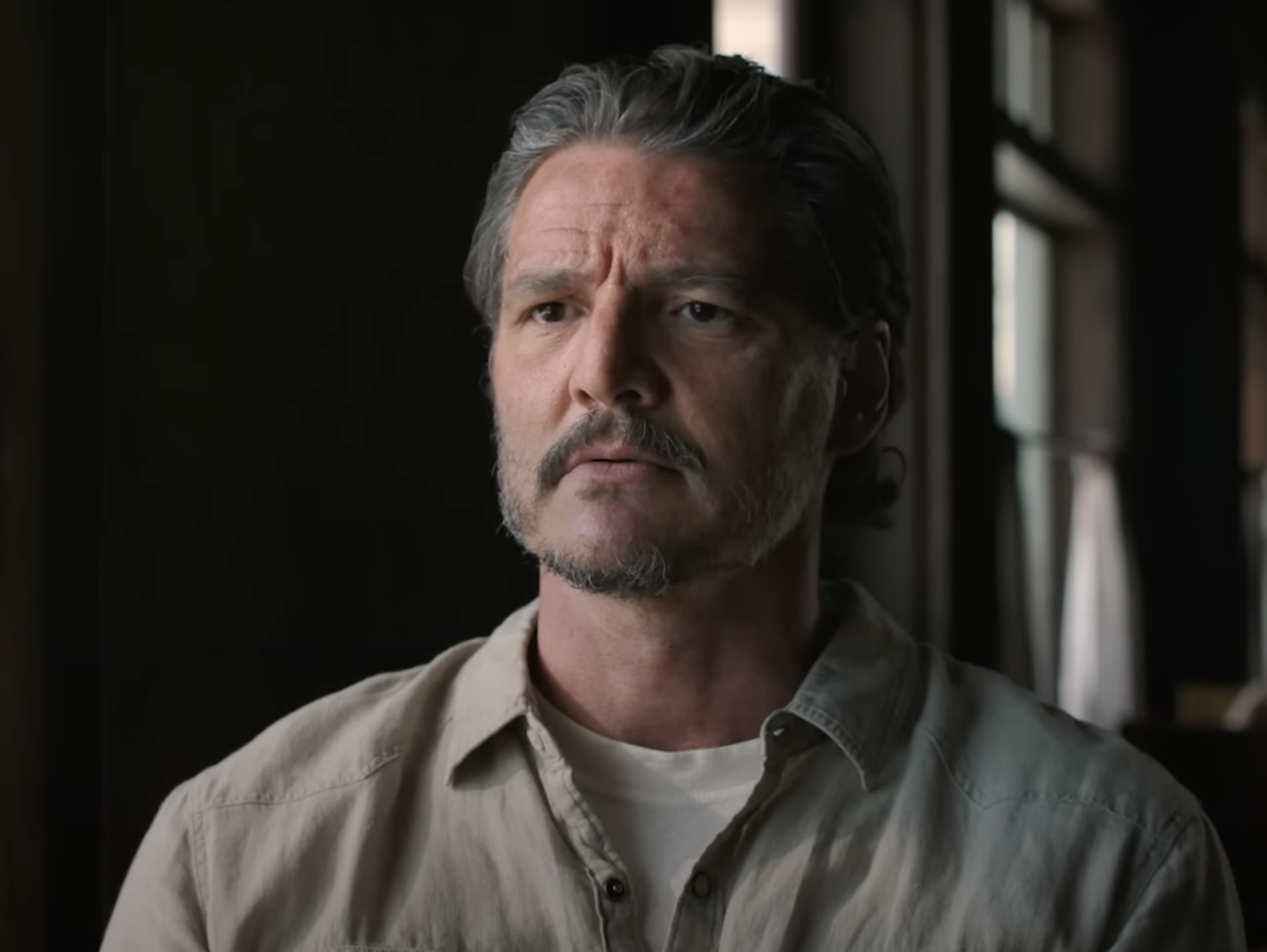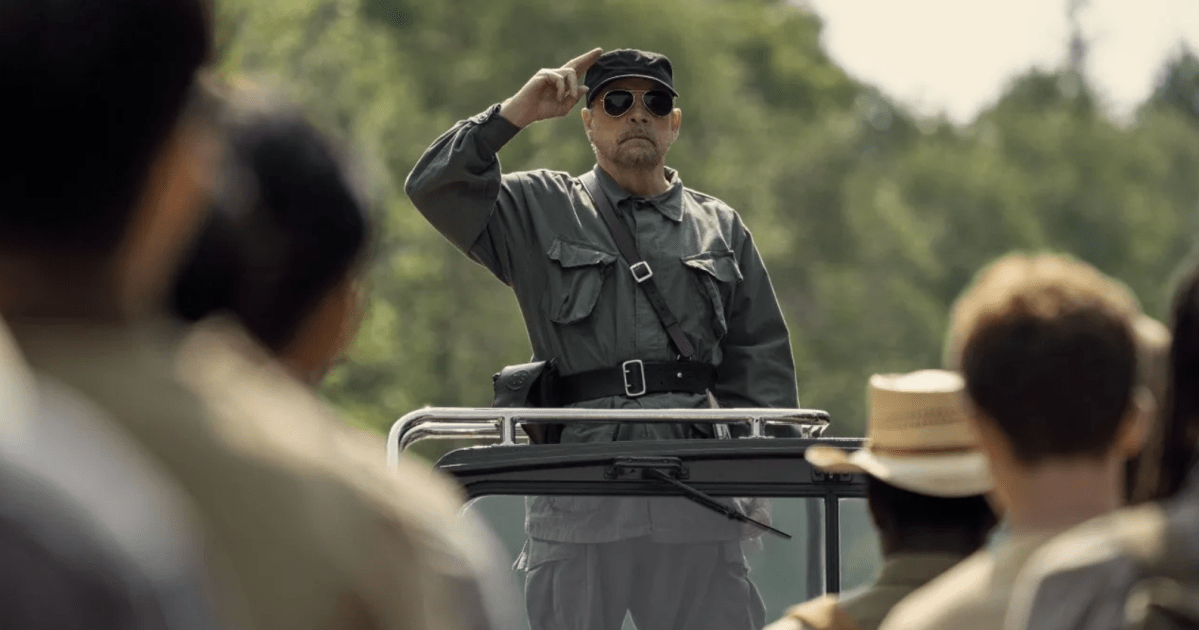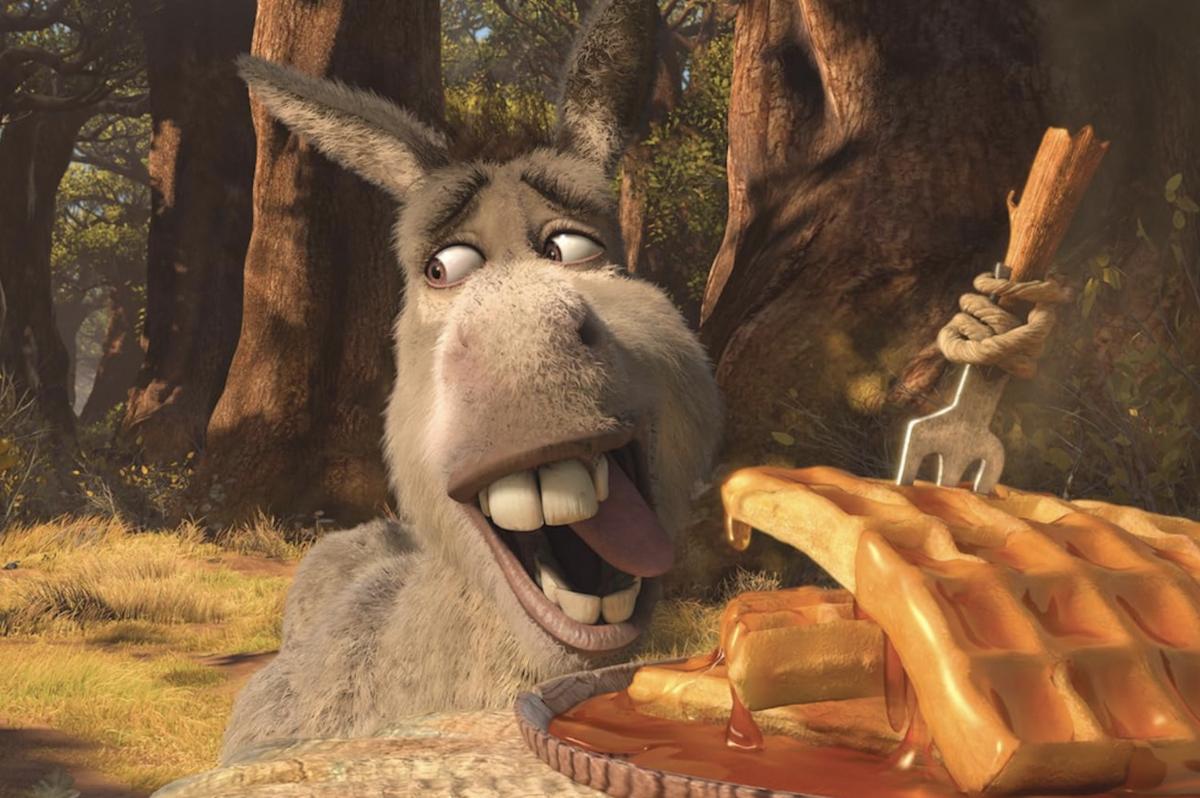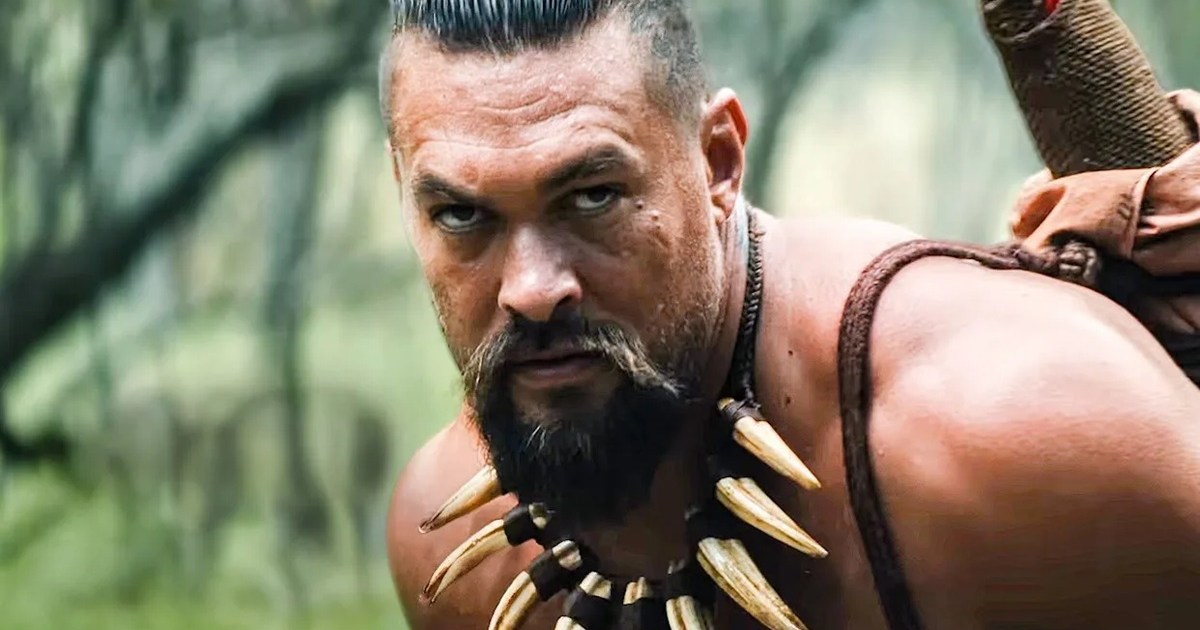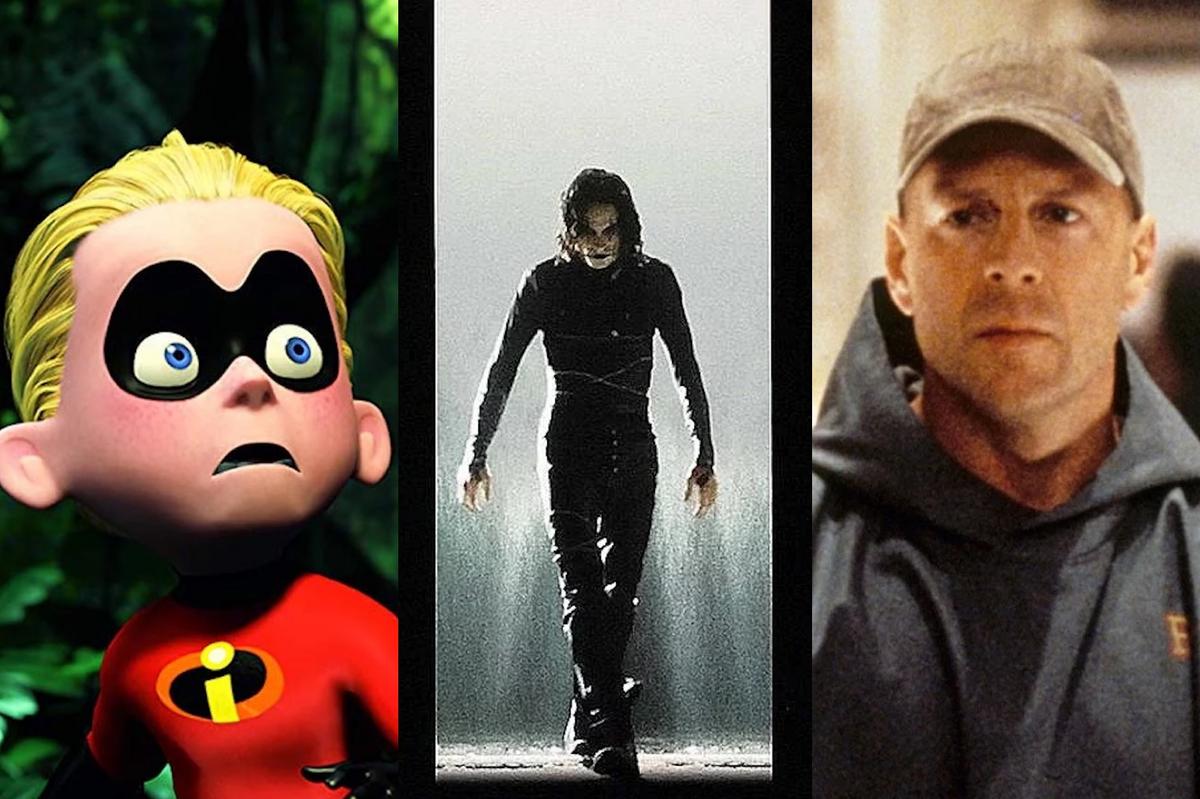[Warning: Major spoilers ahead for both HBO’s The Last of Us and Naughty Dog’s The Last of Us Part 2.]
There’s a hell of a lot of praise you can heap on season 1 of The Last of Us, but perhaps the most significant compliment I can offer – and a big reason why it has been such a huge hit, especially with the video game community – is that it’s a masterclass in adaptation.
I played The Last of Us not long after it came out in the summer of 2013, and what followed was one of the most profound video gaming experiences of my life. Rarely, if ever, had I played a game that interwove narrative and gameplay in such a way, down to the crushing, brutal finishers you would deliver to your enemies, even as they literally begged for their lives. But more than that, series creator Neil Druckmann delivered one of the greatest stories in the history of video games, capped off by a brilliantly understated ending that had potentially world-changing ramifications, and yet the focus from Joel and Ellie never wavered.
That’s because at its core, The Last of Us is not really about zombies, but the people surviving in a fallen society and what it can do to their humanity, something that is certainly not lost on Craig Mazin, who worked with Druckmann to create the HBO adaptation, and operates as the show’s lead writer and showrunner. The duo sought to retain the magic of the original 2013 game with the first season and thus kept much of the larger narrative beats intact, making changes only where they deemed it necessary. The third episode of the season, “Long, Long Time”, best exemplifies this, as they turned Bill’s narrative from the game into a love story on the show between him and Frank (who is never even seen alive in the video game), resulting in what many, including myself, believe to be the best episode of the show so far, and indeed one of the best episodes of television in recent years.
The opening episode of this latest season wastes little time in altering the narrative of The Last of Us Part 2. After briefly showing the last words spoken between Joel and Ellie in season 1, we cut to Abby and what’s left of her allies, standing before the graves of their friends and family who were slaughtered by Joel, with Abby swearing that, “When we kill him, we kill him slowly.” This is significant because the reasoning behind Abby’s actions is kept in the shadows for a significant portion of the game’s narrative, before we learn that Joel had specifically killed her father, who was the doctor on the cusp of operating on Ellie for the Fireflies.
When discussing this change with The Verge, Druckmann makes an excellent point:
“When you play a character [in a video game], you immediately connect with them. In The Last of Us Part 1, when you are playing as [Joel’s daughter] Sarah, you didn’t have to spend a lot of time with her to really care about her, because you were her….Likewise in game two, it was the same thing with Abby. We were able to keep certain things a mystery for much longer, because you were playing as Abby, trying to keep her alive, fighting the infected. We don’t have that in the show. So we needed something else — through drama, through backstory — to get you to sympathize with her. That’s where we pulled certain events up in the story, in terms of when we reveal them.”
Ever since the show was first announced, I had wondered how they would go about adapting The Last of Us Part 2, because is partly delivered by making you play as two different characters, Ellie and Abby, and your perspective on the former’s story is drastically altered once you learn that of the latter’s, and Druckmann perfectly justifies the change in a manner that makes sense for the television medium.
Other notable changes centre almost exclusively on Joel, as Ellie’s story has so far remained largely the same, aside from some minor tweaks that don’t warrant discussion here, but suffice to say, she’s a badass, albeit a reckless one at that.
If you’ve read this far, then you very likely know of Joel’s impending death, and in the buildup to it Mazin and Druckmann are very clearly focused on humanising him, from his very sweet interactions with his young nephew, to the fact that he is in therapy. However, they are careful not to strip him of the more violent nature he developed through his many years of surviving in this post-apocalyptic world, seen in his therapy session with a scene-stealing Catherine O’Hara, who plays the local therapist Gail. She shows up to their session drunk, admitting that she hates Joel for killing her husband, Eugene. While we have yet to see what exactly happened, it’s hinted that he was infected and Joel, as she admits that while he “had no choice”, she still hates him “because of how [he] did it.” Interestingly, Eugene was alluded to quite a few times in one section of The Last of Us Part 2, and they even applied elements of this anecdotal character to the show, such as his knack for growing potent marijuana, but they’ve rejigged him for the show’s purposes. You can also be sure that there will be a flashback showing what really happened, as The Matrix and The Sopranos actor Joe Pantoliano has been cast as Eugene.
The final major difference is in the closing moments of season 2’s opening episode, where the cordyceps fungal roots in a pipe react to nearby heat, undoubtedly alerting the infected in the area, leading to the much advertised siege that will take place in the second episode. Said siege never takes place in the video game, so it will be interesting to see how that plays out on Sunday, but it’s certainly been a solid start to this long-awaited season of television, where Mazin and Druckmann continue to make changes where it makes the most sense for their adaptation of this beloved video game series.
